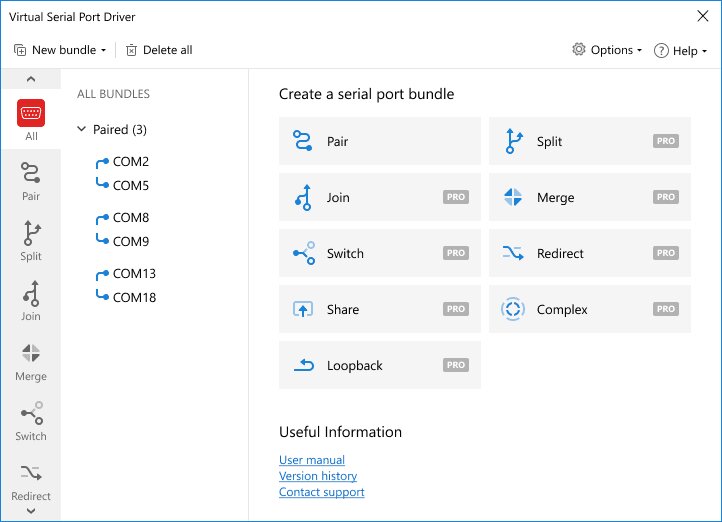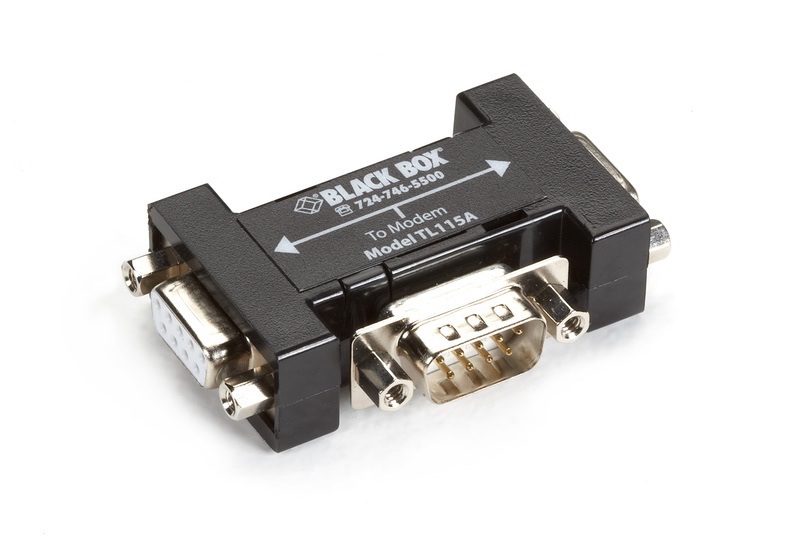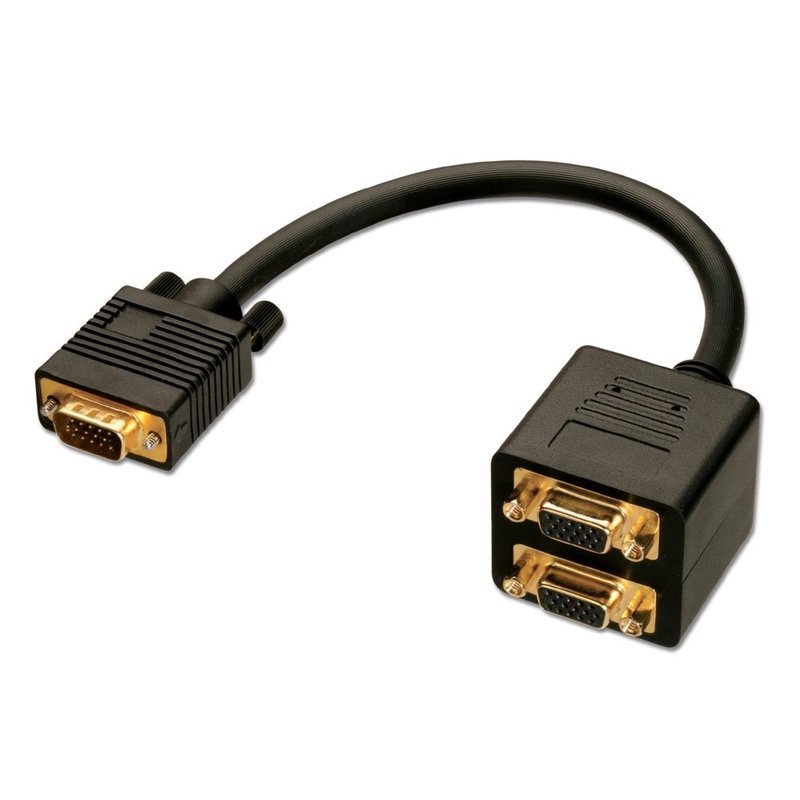Ham radio operators need to be able to control and access their transceivers. The transceiver is usually attached to a computer via a standard RS-232 interface. Most ham radio operators will want to have several applications running at once and they all need to communicate with the transceiver through a single COM port. That cannot be done on the Windows operating system as Windows limits the number of connections to a COM device to a single one.
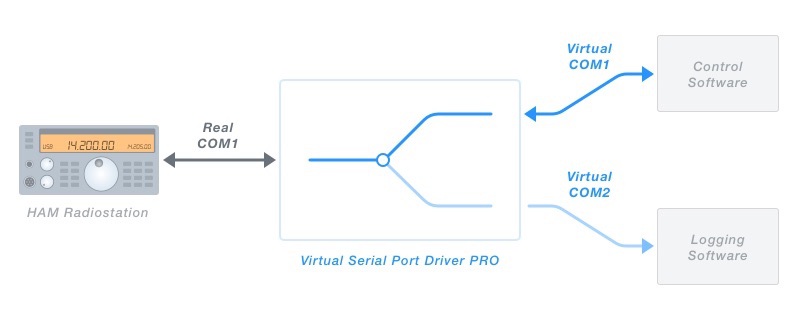
If you are trying to run a station log book as well as station control software you are forced to shut down one application before opening the other one. This is not an efficient way of operating although it is a common method that ham operators must resort to in order to pursue their hobby. A better alternative would be to install and use Serial Port Splitter to share RS-232 signals from a single COM device to multiple virtual interfaces. This enables each software application needed to operate the radio to have their own, simultaneous connection to the transceiver.
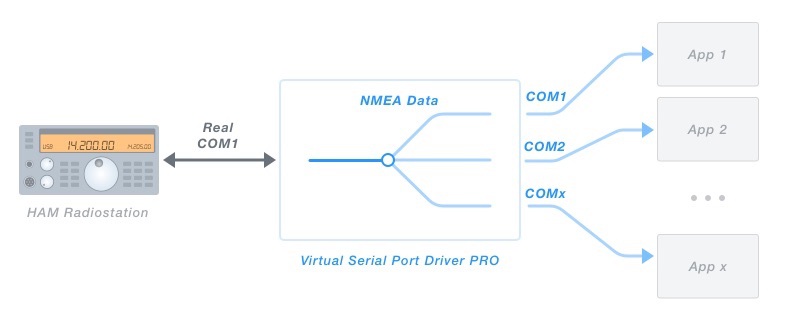
Sailing navigation
Computer controlled navigation is possible using an application that connects to a GPS device. The GPS is often attached to the computer by way of a serial connection. Accurate planning of the route can be done with a single connection to the GPS, but what if you want to log your route as well? You are faced with the prospect of purchasing another GPS unit to attach to your logging application.
Here again, employing a serial splitter software application can save you the expense of purchasing another device as well as keep your working area uncluttered. Install the software and you can share your GPS unit with as many applications as you wish.

As you can see, having the ability to split a serial port can be very useful in a number of situations. Using serial splitter software enables you to save money and increase your productivity without the addition of a single piece of hardware.
Collecting weather station data
Many hobbyists maintain personal weather stations on their property that they rely on for immediate and accurate temperature, humidity, and wind measurements. In some cases, they will post this data to a personal website and may also want to submit that data to public weather sites.
Unfortunately, the chances are low that the data can be shared directly between the personal weather program and the public site. More likely is that the data formats will be different, necessitating two connections to the raw data generated by the weather station. Splitting the serial port that is connected to the weather station is the easiest way to get the data to both programs so they can manipulate it as needed. A virtual COM port splitter is a perfect software solution for this scenario.


